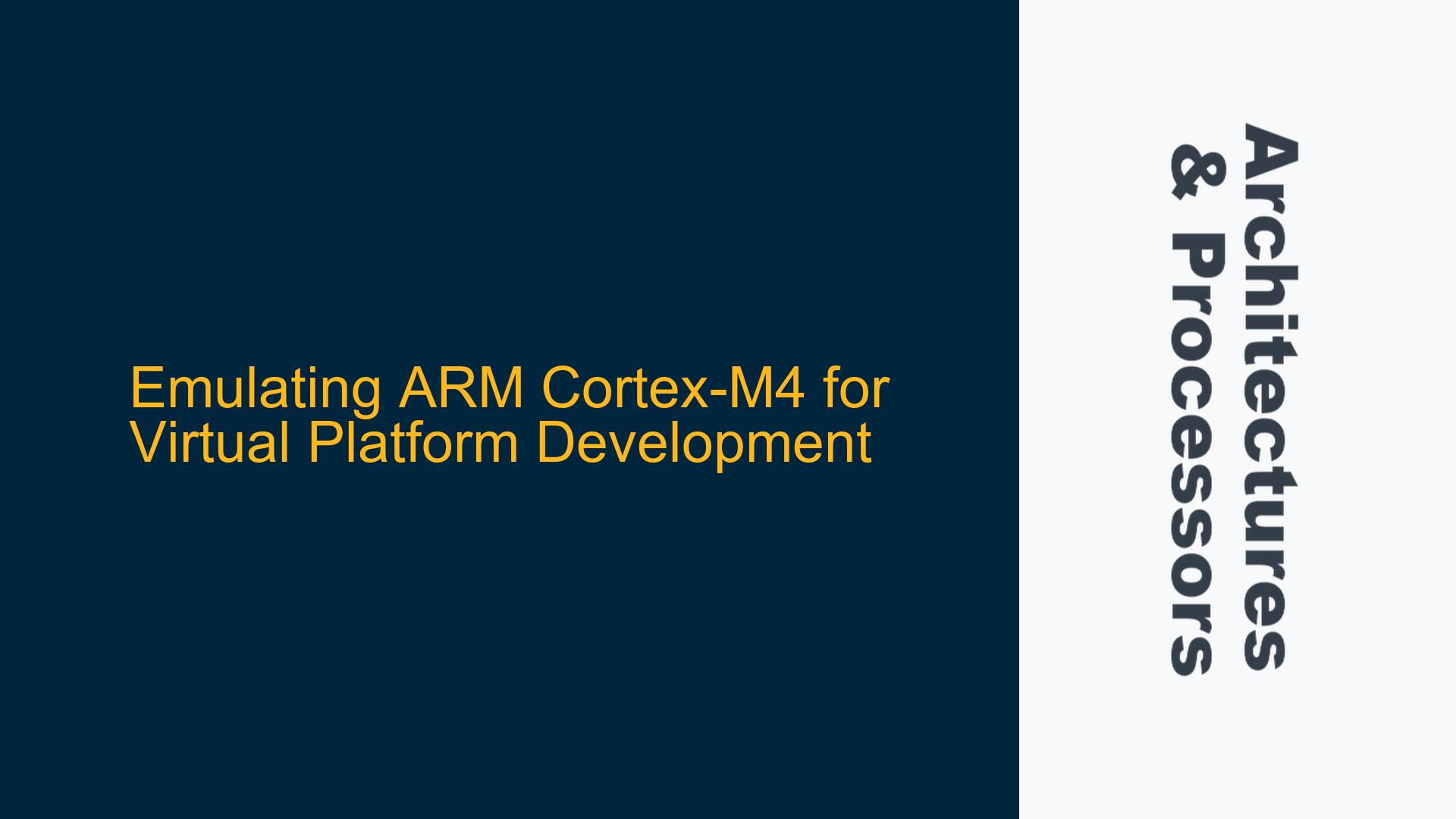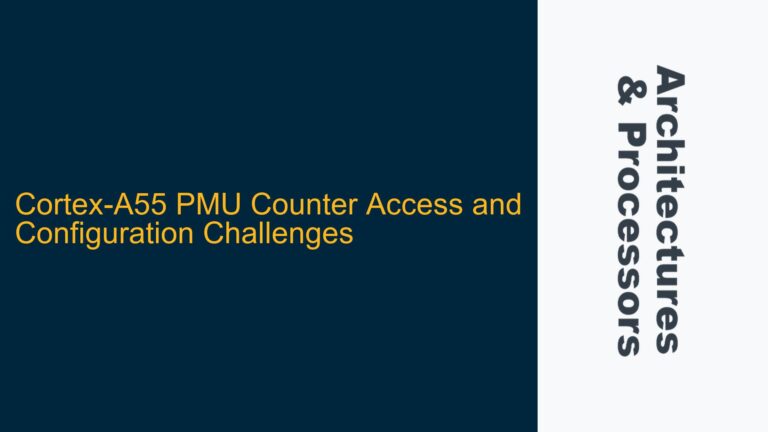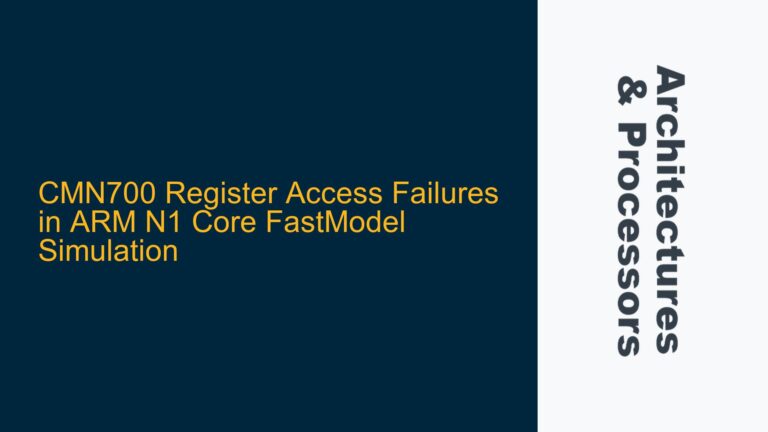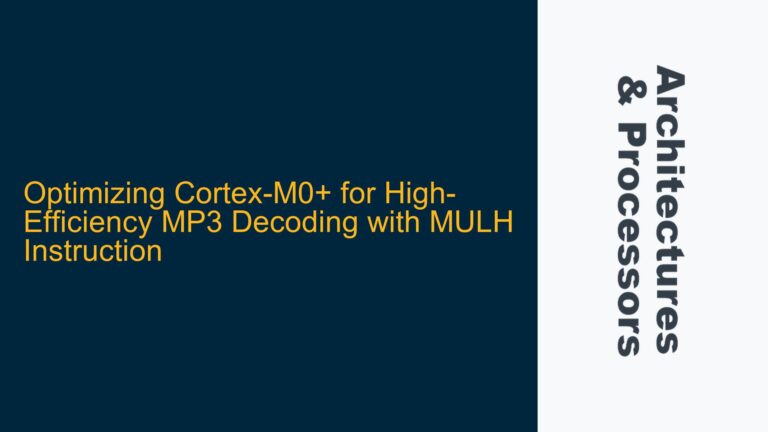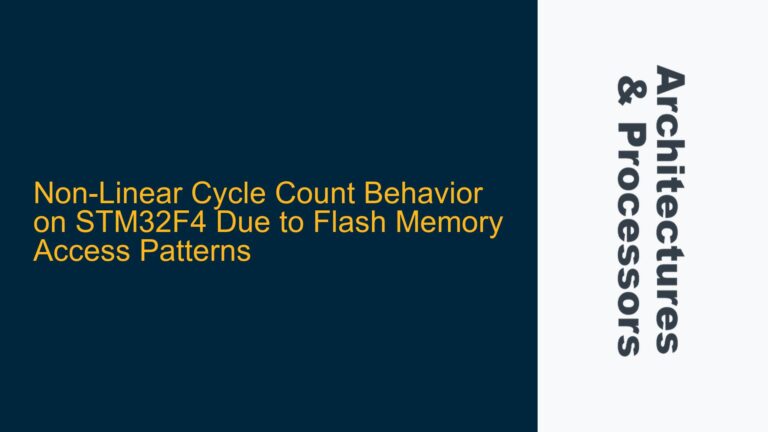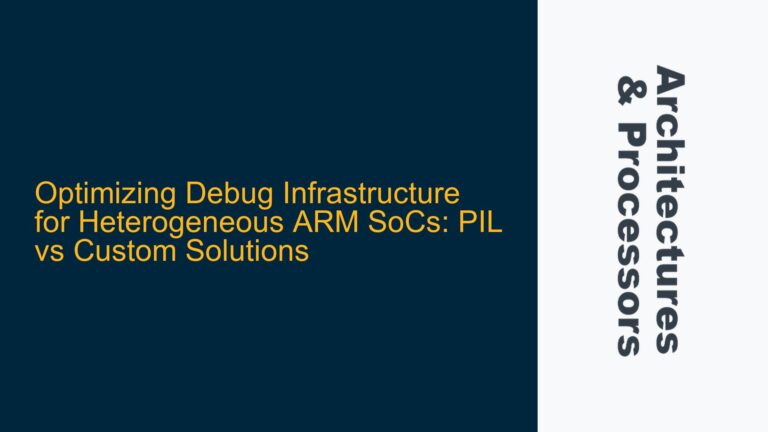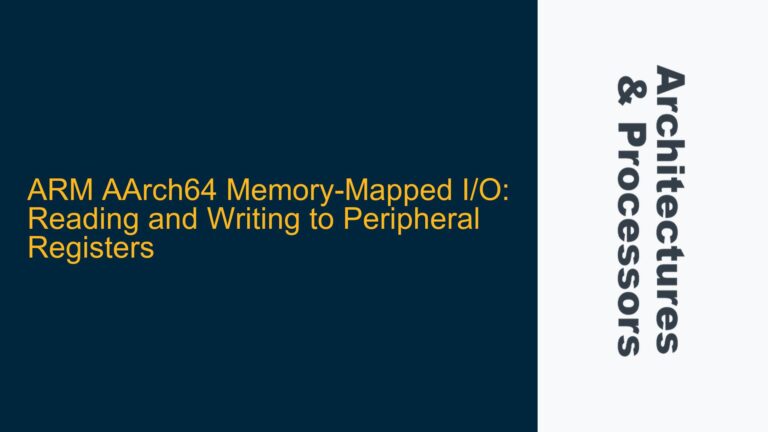ARM Cortex-M4 Emulation Requirements for CC3200 Virtualization
When developing a virtual platform for the Texas Instruments CC3200 SoC, which incorporates an ARM Cortex-M4 microcontroller, the need for an accurate and efficient emulator becomes paramount. The ARM Cortex-M4 is a widely used processor in embedded systems, known for its balance of performance and power efficiency. Emulating this processor allows developers to create a virtual testbench, enabling software development, debugging, and validation without the need for physical hardware. This is particularly useful in scenarios where hardware availability is limited, or when rapid prototyping and iterative testing are required.
The primary challenge lies in accurately replicating the behavior of the ARM Cortex-M4, including its instruction set, memory architecture, and peripheral interactions. The Cortex-M4 features a Thumb-2 instruction set, which combines 16-bit and 32-bit instructions for optimal code density and performance. Additionally, it includes a Floating-Point Unit (FPU) for single-precision arithmetic, which must be faithfully emulated to ensure compatibility with applications that rely on floating-point operations.
The CC3200 SoC integrates not only the Cortex-M4 core but also a variety of peripherals, such as Wi-Fi connectivity, GPIOs, timers, and communication interfaces like UART, SPI, and I2C. A comprehensive emulator must therefore not only replicate the Cortex-M4 core but also model these peripherals to provide a complete virtual environment. This requires a deep understanding of both the ARM architecture and the specific implementation details of the CC3200 SoC.
Commercial and Open-Source Emulator Options for ARM Cortex-M4
Several commercial and open-source emulators are available that support the ARM Cortex-M4, each with its own strengths and limitations. Commercial tools such as IAR Embedded Workbench and Lauterbach TRACE32 offer robust emulation capabilities, including support for the Thumb-2 instruction set, FPU, and various debugging features. These tools are often preferred in professional environments due to their reliability, comprehensive feature sets, and vendor support.
IAR Embedded Workbench, for instance, provides an integrated development environment (IDE) that includes a C/C++ compiler, debugger, and emulator. It supports the ARM Cortex-M4 and offers advanced features such as real-time trace, code coverage analysis, and performance profiling. Lauterbach TRACE32, on the other hand, is known for its powerful debugging capabilities, including hardware-assisted debugging, multicore support, and extensive scripting options.
Open-source options, while less feature-rich, can be viable alternatives for certain use cases. QEMU, a popular open-source emulator, supports ARM architectures, including the Cortex-M series. However, QEMU’s support for Cortex-M4 is limited, and it may not fully replicate the behavior of the CC3200’s peripherals. Another open-source option is Renode, which specializes in embedded systems and offers a more comprehensive emulation of microcontrollers, including peripheral modeling. Renode is particularly useful for IoT applications, where accurate emulation of communication interfaces and sensors is crucial.
When selecting an emulator, it is essential to consider the specific requirements of the project. Commercial tools may offer better performance and support but come at a higher cost. Open-source tools, while more accessible, may require additional effort to customize and integrate into the development workflow. Additionally, the choice of emulator may influence the overall architecture of the virtual platform, as different tools may have varying levels of compatibility with the CC3200’s peripherals and features.
Implementing a Virtual Platform with ARM Cortex-M4 Emulation
Creating a virtual platform for the CC3200 SoC involves several steps, starting with the selection of an appropriate emulator. Once the emulator is chosen, the next step is to configure it to accurately replicate the behavior of the Cortex-M4 core and the CC3200’s peripherals. This requires a detailed understanding of the ARM architecture, as well as the specific implementation details of the CC3200.
The first step in implementing the virtual platform is to set up the emulator to support the Cortex-M4’s instruction set and FPU. This involves configuring the emulator to recognize and execute Thumb-2 instructions, as well as to handle floating-point operations correctly. The emulator must also replicate the memory architecture of the Cortex-M4, including the memory map, stack pointer initialization, and exception handling mechanisms.
Next, the peripherals of the CC3200 must be modeled within the virtual platform. This includes creating virtual representations of the Wi-Fi module, GPIOs, timers, and communication interfaces. Each peripheral must be accurately modeled to ensure that the software running on the virtual platform behaves as it would on the actual hardware. For example, the Wi-Fi module must correctly handle network packets, and the GPIOs must respond appropriately to input and output operations.
Once the virtual platform is configured, it can be used as a testbench for software development and debugging. The emulator should provide debugging features such as breakpoints, watchpoints, and real-time trace, allowing developers to inspect the state of the system and identify issues. Additionally, the virtual platform can be used for performance analysis, enabling developers to optimize their code for efficiency and resource usage.
In conclusion, emulating the ARM Cortex-M4 for a CC3200 virtual platform is a complex but achievable task. By selecting the appropriate emulator and carefully configuring it to replicate the behavior of the Cortex-M4 and the CC3200’s peripherals, developers can create a powerful tool for software development and testing. Whether using commercial tools like IAR Embedded Workbench and Lauterbach TRACE32 or open-source options like QEMU and Renode, the key to success lies in a thorough understanding of the ARM architecture and the specific requirements of the project.
